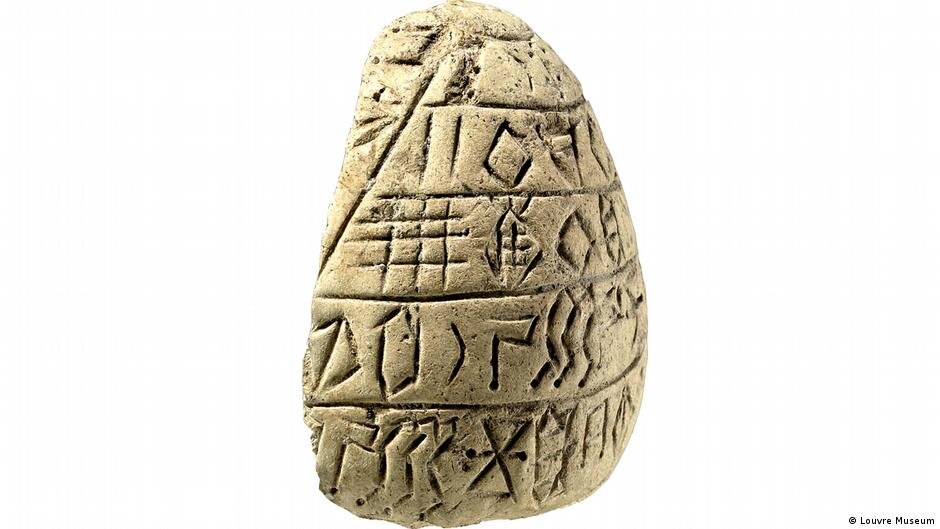INSUBCONTINENT EXCLUSIVE:
years ago.French archaeologist Francois Desset and his team assume that they have partially deciphered the ancient script, using eight
Tehran in Iran and the Archeorient research laboratory in Lyon, France, has recently told DW.For some 120 years, the composing framework
Presently, a group of archeologists professes to have, to some extent, interpreted the composing framework
However, different analysts are more reluctant.Diamonds and squares with dots and dashes, French archaeologists came across these geometric
characters as early as 1903 when they were excavating ancient ruins in the city of Susa in southwestern Iran, the German broadcaster
reported on August 22.Researchers quickly realized that the language was one of the four oldest scripts known to humankind, along with
Mesopotamian cuneiform, Egyptian hieroglyphics, and the Indus script
The Elamite civilization used the writing system during the Bronze Age in the late 3rd and early 2nd millennia BC.A UNESCO World Heritage,
Susa was once the capital of the Elamite Empire and later an administrative capital of the Achaemenian king Darius I and his successors from
squares or understand what they meant
Only a few characters could be clearly interpreted.The real surprise, Desset said, is the nature of the writing system
Researchers assumed that Linear Elamite writing is a mixture of phonographic and logographic writing.Phonographic characters, or
Mader is a linguist at the University of Bern and scientific director of the Swiss Alice Kober Society for the Decipherment of Ancient
The rest are word signs, he added.As mentioned by the German broadcaster, whether Desset is right or not remains an open question for the
In October, experts on ancient writing systems will meet at a conference in Norway to discuss the discovery.Over the past decades, seasons
of archaeological excavations have uncovered evidence of continual habitation dating back to about 5000 BC
The earliest urban structures there date around 4000 BC
However, some parts of Susa are still inhabited as Shush, Khuzestan province on a strip of land between the rivers Shaour (a tributary of
CE.Ruins and relics unearthed from the region demonstrate that even the earliest potteries and ceramics in Susa were of unsurpassed quality,
decorated with birds, mountain goats, and other animal designs.AM

